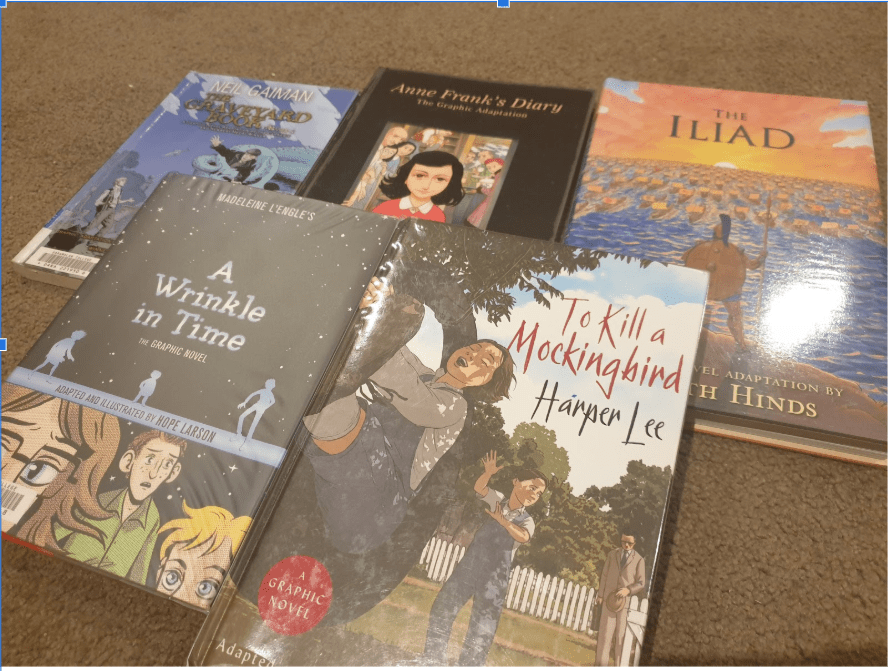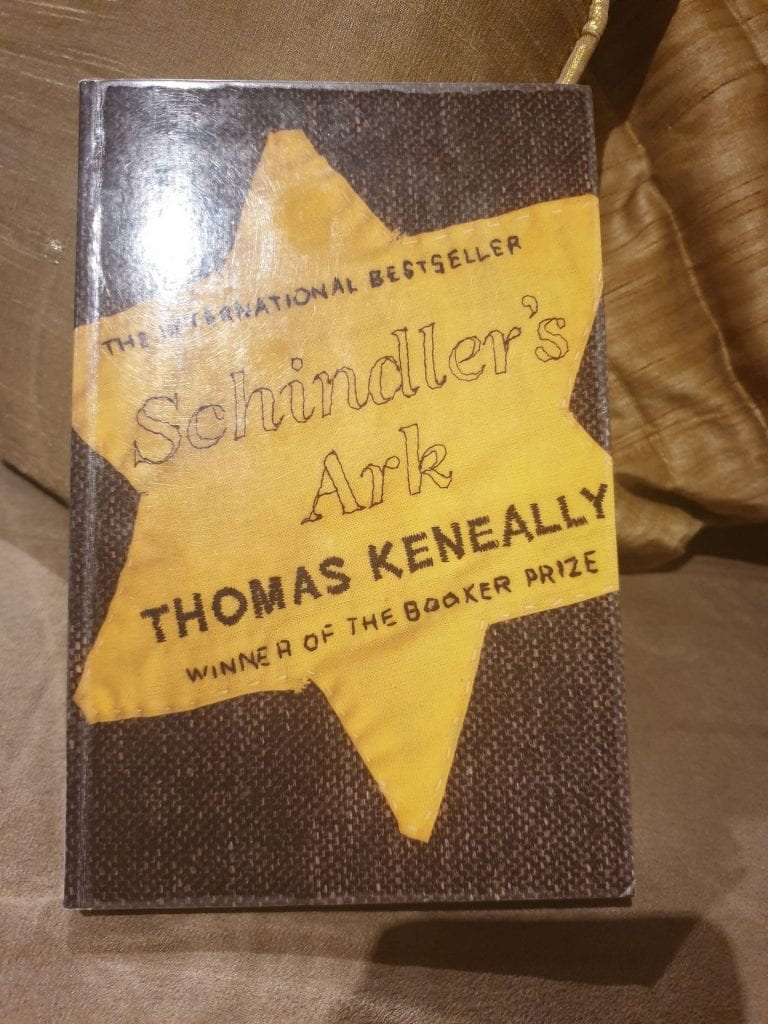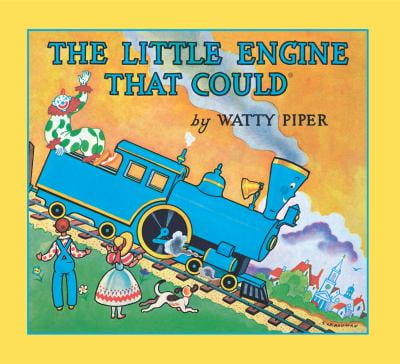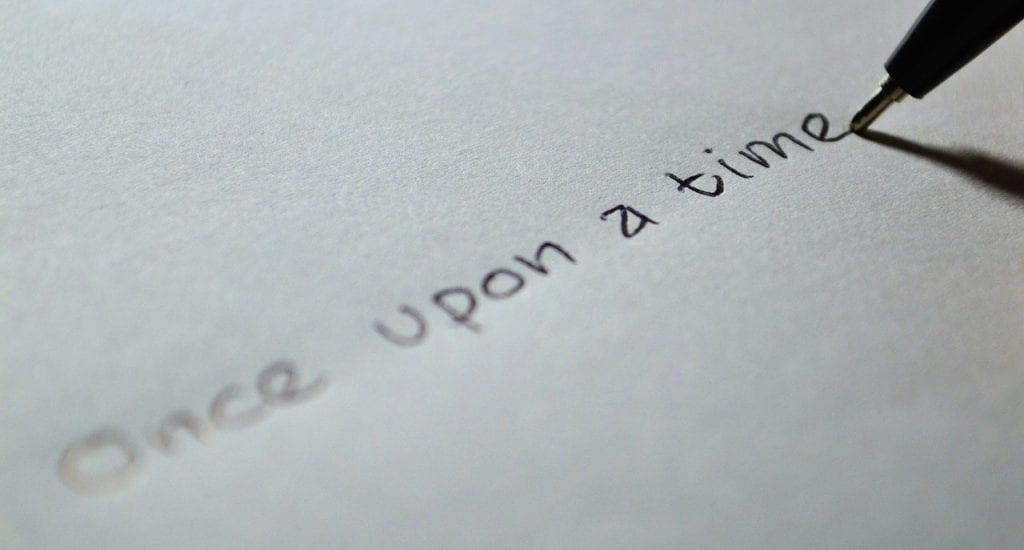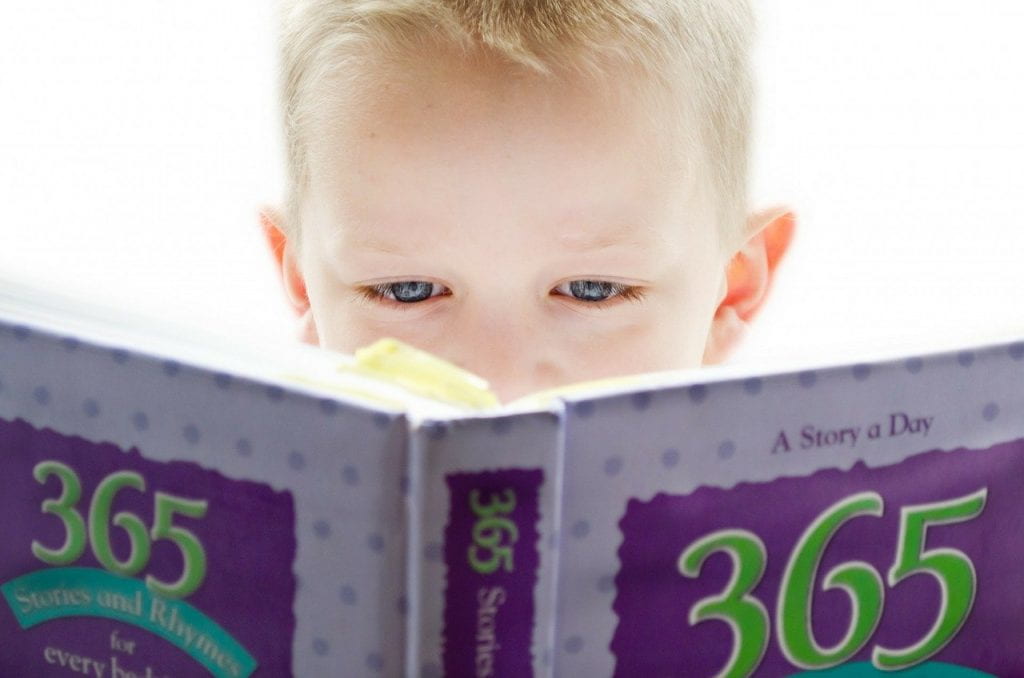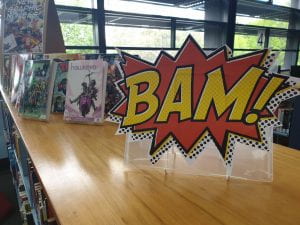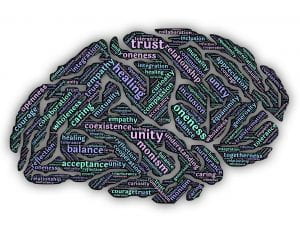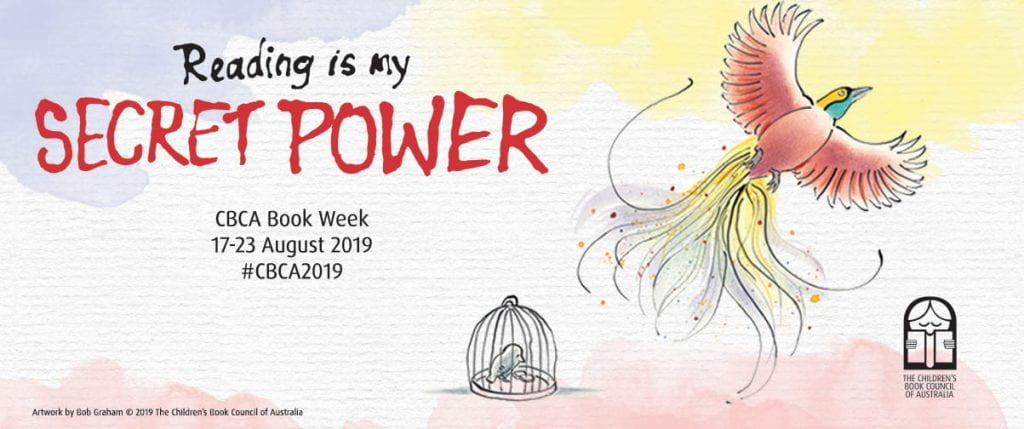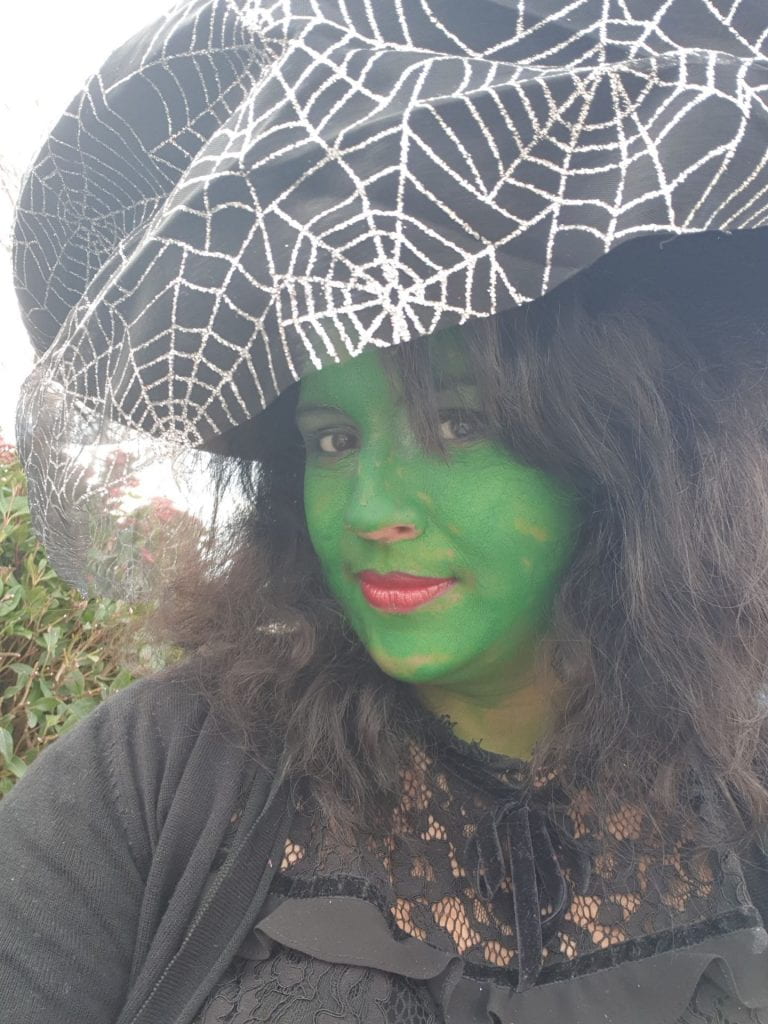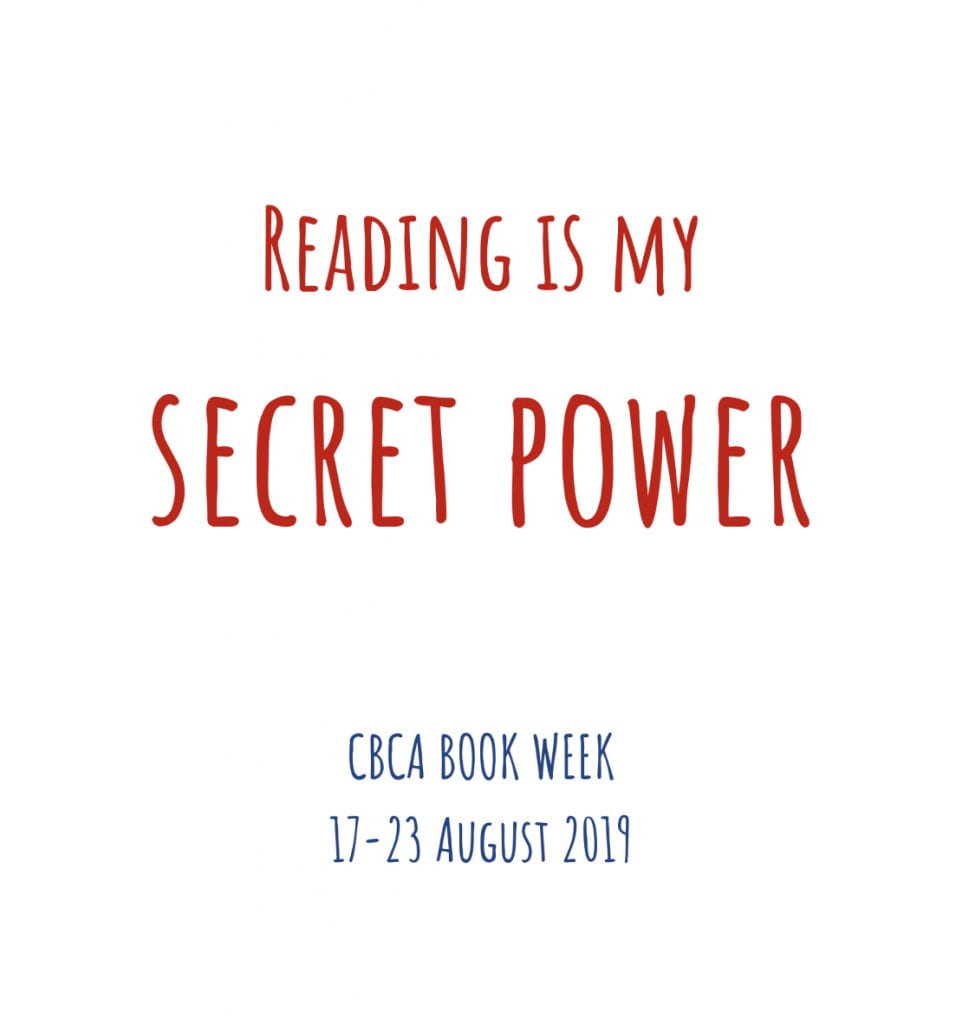In days gone by, graphic novels were regarded little more than entertainment for children and young adults. They were regarded as shallow and of no value as literature. I have previously discussed the popularity of graphic novels in my school library, but I have not expounded upon their value to the collection as a source of literature.
A good graphic novel as described by Gonzales (2016) is a literary text in a comic strip format. It should have the same literary features of a prose novel, such as an overarching theme, depth of plot, character development, as well as the standard literary devices of any other piece of literature (Gonzales, 2016). But the added strength of graphic novels is the illustrations. These illustrations support the storyline and seek to enhance the plot for the reader by providing context and additional visual clues.
ACARA (n.d.a) defines a text as a conveyance of communication. It does not discriminate if the text is written, spoken or multi-modal in nature, but rather emphasises the importance in its ability to transmit information. Therefore, as per ACARA (n.d.a), it is perfectly reasonable for graphic novels to be used as part of curriculum literature as well as part of general wide reading. The multi-modal format of graphic novels is suitable for both fiction and non fiction subject matter, and engages students across year levels and contributes to the development of various literacies and higher order thinking skills.
The format of graphic novels strongly promotes literacy; which includes but is not limited to language and visual development as well as critical and cultural literacy (Laycock, 2019). As ACARA (n.d.b) illustrates, the literacy continuum allows for active teaching of graphic novels in the visual knowledge element as well as the comprehension of text elements. These elements clearly indicate that the focus of literature is no longer restricted to prose in print; but that the concept of text has greatly evolved.
Graphic novels have several features that lend itself to teaching and learning practice. Firstly, the transition that is needed between frames makes it necessary for the reader to predict the next action (Botzakis, 2018). This prediction requires the student to utilise higher order thinking skills before they can arrive at that point, using the contextual information present in the imagery. The context of a graphic novel has multiple uses in an educational setting. Besides assisting low literacy and ESL students improving their ability to decode; discordance between images and text can also be used to provoke spirited discussions and analysis (Botzakis, 2018). Lamentably, most students fail to understand such nuances intuitively, therefore explicit pedagogical practice is required to equip students with the necessary skills (Laycock, 2019). Lastly, graphic novels have visual permanence (Botzakis, 2018). This visual permanence means that the reader is able to set their own reading pace and allows for re-reading and further clarification.
In recent years, many classical texts have been reprinted as graphic novels due to their popularity. Complex texts such as Homer’s “Iliad” and Harper Lee’s “To kill a mockingbird” adaptations allow the reader to engage with class texts in a format that they can access more easily. Even popular titles such as “Anne Frank’s Diary” and “Wrinkle in Time”have proven more competitive in a graphic format than the traditional text version with high school students. Laycock (2019) points out that graphic novels increase the literacy alphabet in poor readers as well as offer an additional method in which content can be delivered. The evidence does indicate that as a format, graphic novels have great potential in a classroom setting.
Unfortunately many teachers falter when challenged to use graphic novels in their teaching practice. This is due to a lack of confidence with this format. Authority in explicitly teaching literacy using graphic novels requires the teacher to be familiar with a variety of graphic texts (Gonzales, 2016). Gonzales (2016) suggests that knowledge in film techniques would be useful in analysing the illustrations, as they use frames, colours, angles and word bubbles to convey the covert message; in comparison to the the text, which speaks the overt message. Comprehension is further enhanced by clear teaching of artistic elements such as line, shade, colour, form and depth. Some graphic novels aid comprehension further by the inclusion of character mapping which aids in memory recall (Botzakis, 2018).
The largest benefit to the inclusion of graphic novels in a high school library collection is that reading graphic novels tends to lead to an increased satisfaction with reading, which in turn leads to increased wide reading (Gonzales, 2016; Laycock, 2019). Graphic novels also give poor and reluctant readers a sense of accomplishment due to the increased decoding assistance from the visual clues (Botzakis, 2018).
Regrettably many parents and teachers still believe that graphic novels are unsuitable for classrooms and wide reading due to ingrained prejudices and their own distant memories (Gonzales, 2016; Laycock, 2019). There is an assumption that vintage comics are in the same league as a modern graphic novel. But this thesis would be incorrect. Comics are to graphic novels as Mills & Boon are to traditional literature (Botzakis, 2018). It would be a great miscalculation to designate all graphic novels as entertainment, when one can clearly see their practicality in the classroom and links to the curriculum. Another point to consider is that there is a disconnect between what students want to read and what the curriculum dictates they have to read. This dichotomy cripples literacy development. When school literacy programs prefer only monomodal texts, it creates pedagogical tension for teachers. Adding graphic novels to class literature shifts the voice in the classroom from teacher to the student which leads to higher student engagement.
Graphic novels sales are trending across the literary world. The first graphic novel to win a Pulitzer Prize was “Maus” by Spiegelman in 1992, followed by Aydin’s “March” series that won the National Book Award in 2016. Traditionally favoured with the tween and teen males, graphic novels have become increasingly popular with teenage girls (Gonzales, 2016; Botzakis, 2018). This popularity has led to a sharp increase in the occurrence of female protagonists within this genre (Gonzales, 2016). One could argue that graphic novels are indeed texts of the 21st century as they engage the reader on multiple levels, promoting multiple literacies in a multi-modal world.
References
ACARA, (n.d.a) English – Key Ideas. Retrieved from https://australiancurriculum.edu.au/f-10-curriculum/english/key-ideas/
ACARA, (n.d.b) Literacy Learning continuum. Retrieved from https://www.australiancurriculum.edu.au/media/3596/general-capabilities-literacy-learning-continuum.pdf
Botzakis, S. (2018). Comics in the classroom: Using graphic novels for content learning. In D. Wooten, B. Cullinan, L. Liang & R. Allington (Eds). Children’s literature in the reading program: Engaging young readers in the 21st century, (5th ed., pp. 140-152). Retrieved from Proquest Ebook Central.
Goldsmith, F. (2010). The readers’ advisory guide to graphic novels. Retrieved from Proquest Ebook Central.
Karp, J. (2012). Graphic novels in your school library. Retrieved from Proquest Ebook Central.
Laycock, D. (2019) Pilgrims in a foreign land: Teachers using graphic novels as classroom texts. SCAN, 38. https://education.nsw.gov.au/teaching-and-learning/professional-learning/scan/past-issues/vol-38,-2019/pilgrims-in-a-foreign-land-teachers-using-graphic-novels-as-classroom-texts
